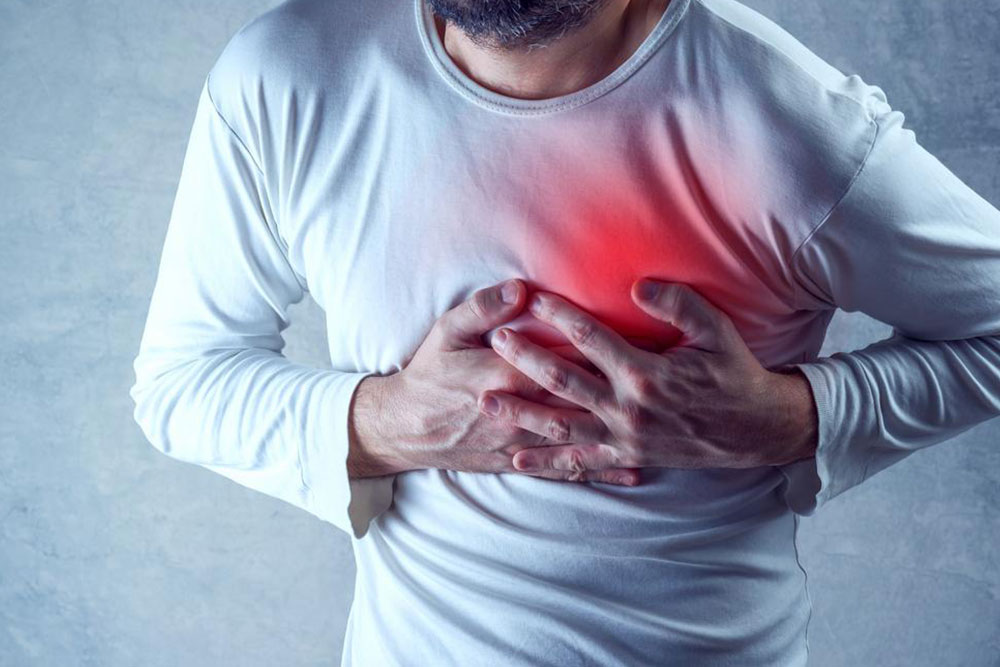Comprehensive Guide to Rib Discomfort: Symptoms, Causes, and Effective Treatments
This comprehensive article explores rib discomfort, including symptoms, causes, and effective treatment options. It emphasizes the importance of accurate diagnosis, understanding common triggers like trauma and infections, and managing pain with medication and lifestyle adjustments. The guide also highlights when to seek urgent medical care for serious conditions such as chest infections or heart issues, ensuring readers are well-informed about this common yet sometimes confusing health problem.

Comprehensive Guide to Rib Discomfort: Symptoms, Causes, and Effective Treatments
Understanding Rib Pain: An In-Depth Look at Symptoms, Causes, and Management Strategies
Rib discomfort is a common health complaint that can arise from various underlying factors. Often, this pain originates from inflammation or swelling where the ribs connect to the sternum, a condition medically known as costochondritis. This condition involves the costochondral joint—an area where the cartilage meets the ribs and the breastbone. While it shares similarities with other conditions such as Tietze’s syndrome, which involves swelling across multiple joints, costochondritis typically affects only the single rib-sternum joint without affecting other joints or tissues elsewhere in the body.
Recognizing the Symptoms of Costochondritis
Patients experiencing rib pain often report localized tenderness and discomfort that worsens when pressure is applied to the chest wall's cartilage. This symptom can be quite specific, making it a key marker for diagnosis. Although generally considered a benign and self-limiting condition, the symptoms can be quite distressing and impact daily activities. Many individuals might initially mistake the pain for more critical issues, especially heart problems, which makes proper diagnosis vital.
While the exact cause of costochondritis remains elusive in many cases, understanding the potential triggers is essential for effective treatment. This condition can affect both young individuals and children, but it is also prevalent among adults. In adult patients, rib pain sometimes raises concern over potential heart issues until other causes are ruled out through diagnostic testing.
Accurate diagnosis involves a thorough clinical evaluation combined with tests aimed at excluding cardiac conditions. When cardiac assessments return normal and physical examinations point toward inflammation localized at the rib-sternum joint, a diagnosis of costochondritis can be confidently made.
Possible Causes of Rib Pain: What Leads to Costochondritis?
The inflammation responsible for costochondritis can be triggered by various factors. Frequent minor trauma—such as repeated impacts to the chest, strenuous physical activity, or sudden movements—can cause irritation and inflammation. Viral respiratory infections are also common culprits, as they often cause inflammation of the cartilage and surrounding tissues. In some cases, bacterial infections can lead to rib pain, especially in individuals with recent chest surgeries, intravenous drug use, or compromised immune systems.
Common infectious causes that can contribute to this condition include:
Viral Infections – Upper respiratory infections, such as the common cold or influenza, can inflame the costochondral areas, exacerbated by coughing or respiratory strain.
Fungal Infections – Although rare, fungal infections may also cause rib discomfort, particularly in immunosuppressed individuals.
Typical Signs and Symptoms of Rib Discomfort
Sharp, stabbing pain localized in the front chest area, often following minor trauma, vigorous exercise, or respiratory illnesses.
The discomfort tends to be confined to the anterior chest wall but may radiate to the back, shoulders, or abdomen, more frequently on the left side.
The 4th, 5th, or 6th ribs are commonly affected sites, with pain intensifying during deep breaths, coughing, or movement.
Applying pressure to the area can reproduce tenderness, which assists in diagnosing the condition.
When Should You Seek Medical Attention?
If you experience difficulty breathing, persistent chest pain, fever unresponsive to over-the-counter medications, redness, swelling, or pus around the chest, it is crucial to seek immediate medical care. Additionally, symptoms such as pain radiating to the arm, nausea, or excessive sweating alongside chest discomfort could indicate serious health issues requiring urgent attention.
Effective Management and Treatment Options for Rib Pain
Managing rib discomfort primarily focuses on alleviating symptoms and preventing aggravation. Non-steroidal anti-inflammatory drugs (NSAIDs), such as ibuprofen, are commonly prescribed to reduce inflammation and pain. Applying cold packs or heating pads can provide additional relief—ice helps reduce inflammation, while heat can soothe tight muscles. Resting and avoiding strenuous activities that exacerbate the pain are also recommended during recovery.
If pain persists beyond a few weeks or is particularly severe, healthcare providers might utilize local anesthetic injections or corticosteroid injections directly into the affected area to reduce inflammation effectively. In infections caused by bacteria or fungi, targeted antimicrobial treatments are necessary. For cases unresponsive to conservative therapy, surgical options like cartilage removal or other minimally invasive procedures may be considered under specialist guidance.





